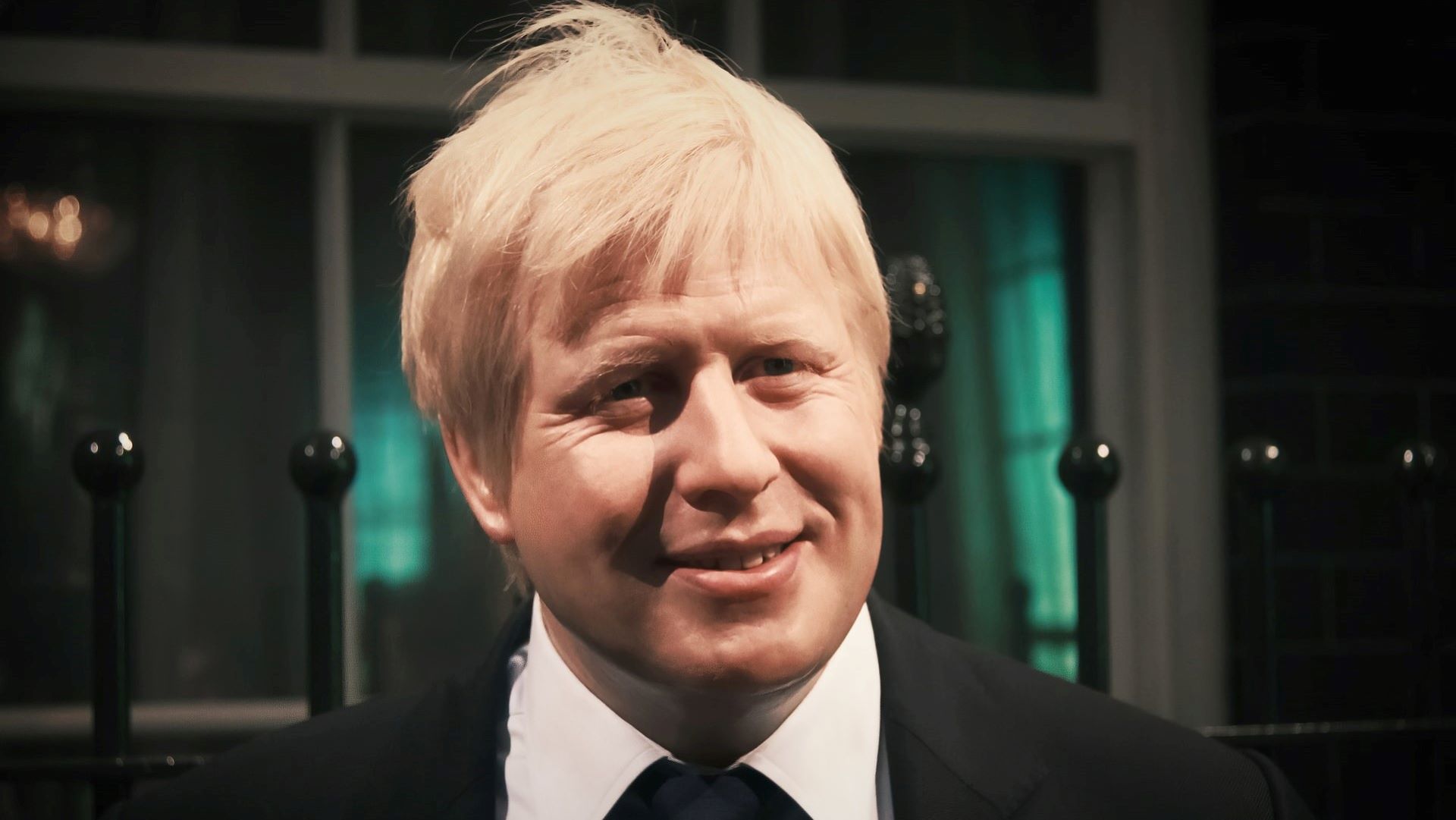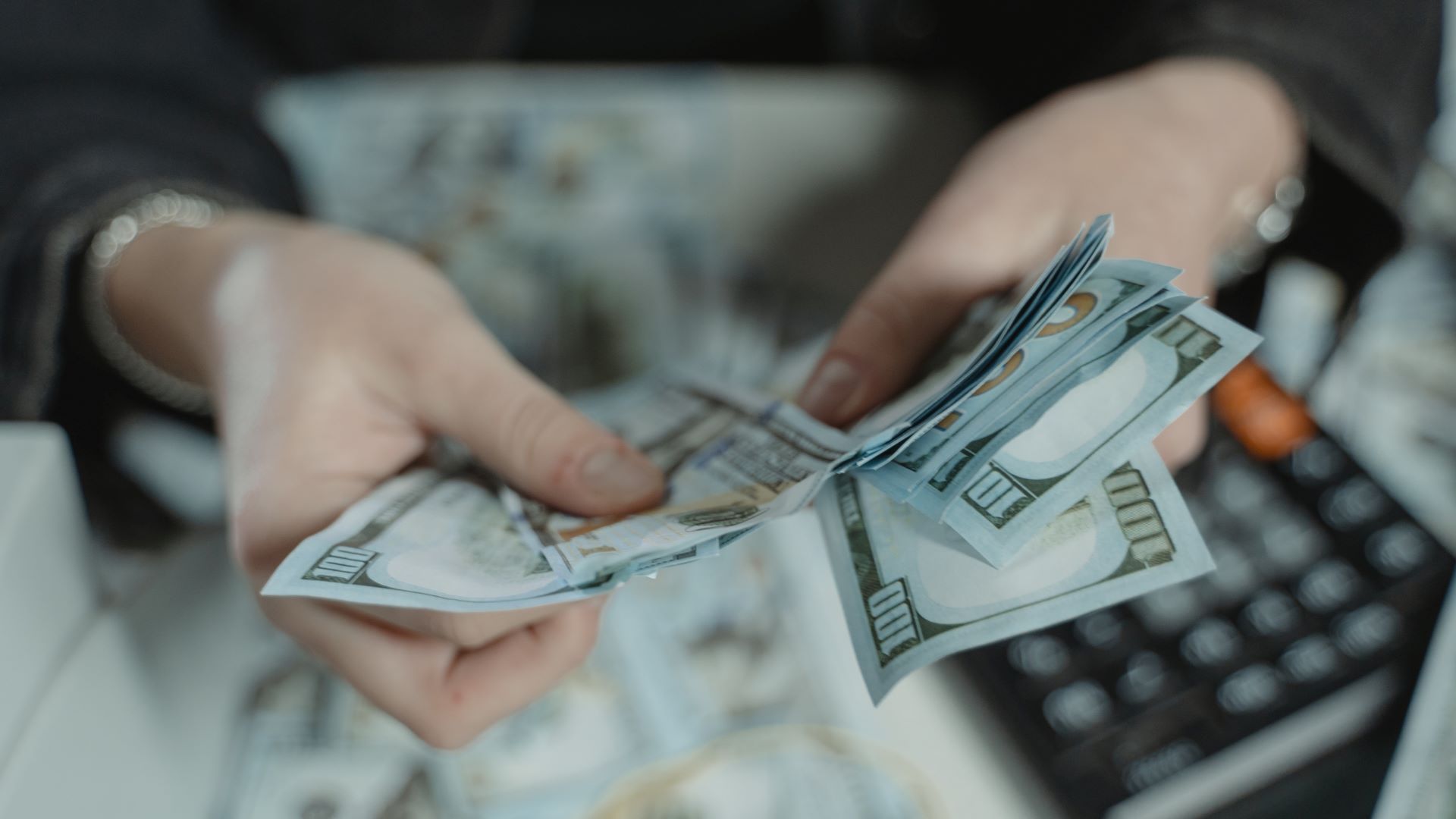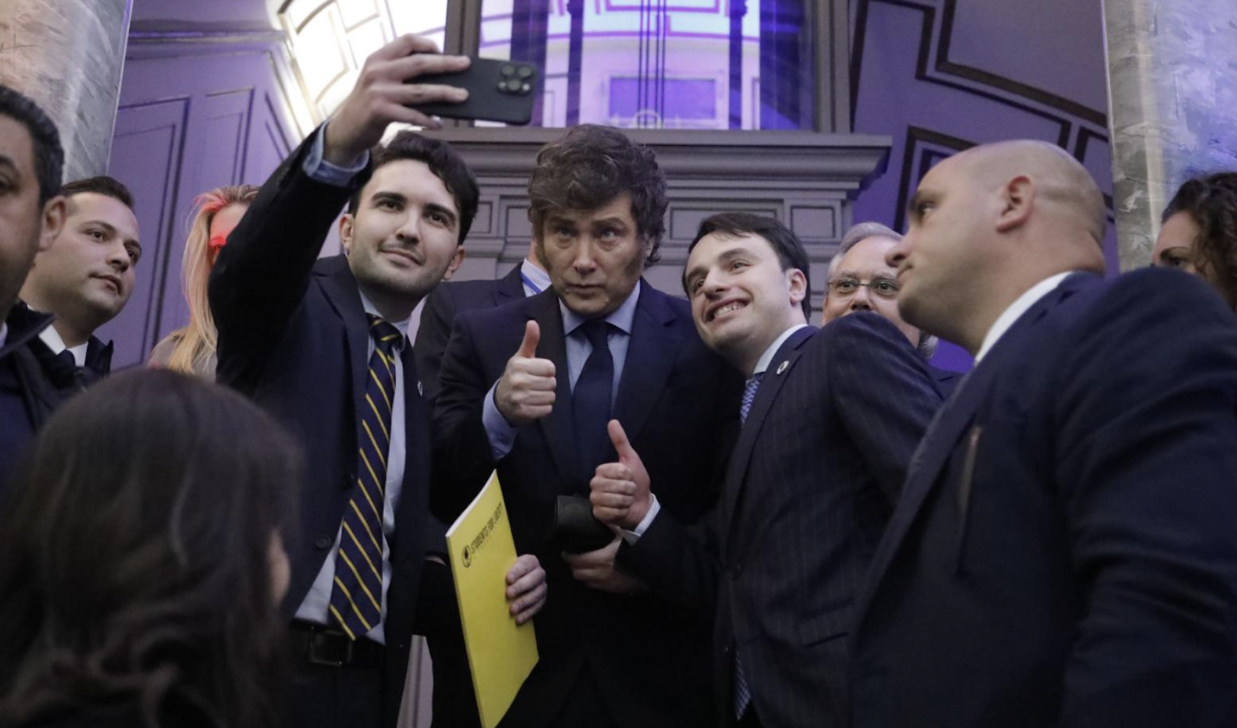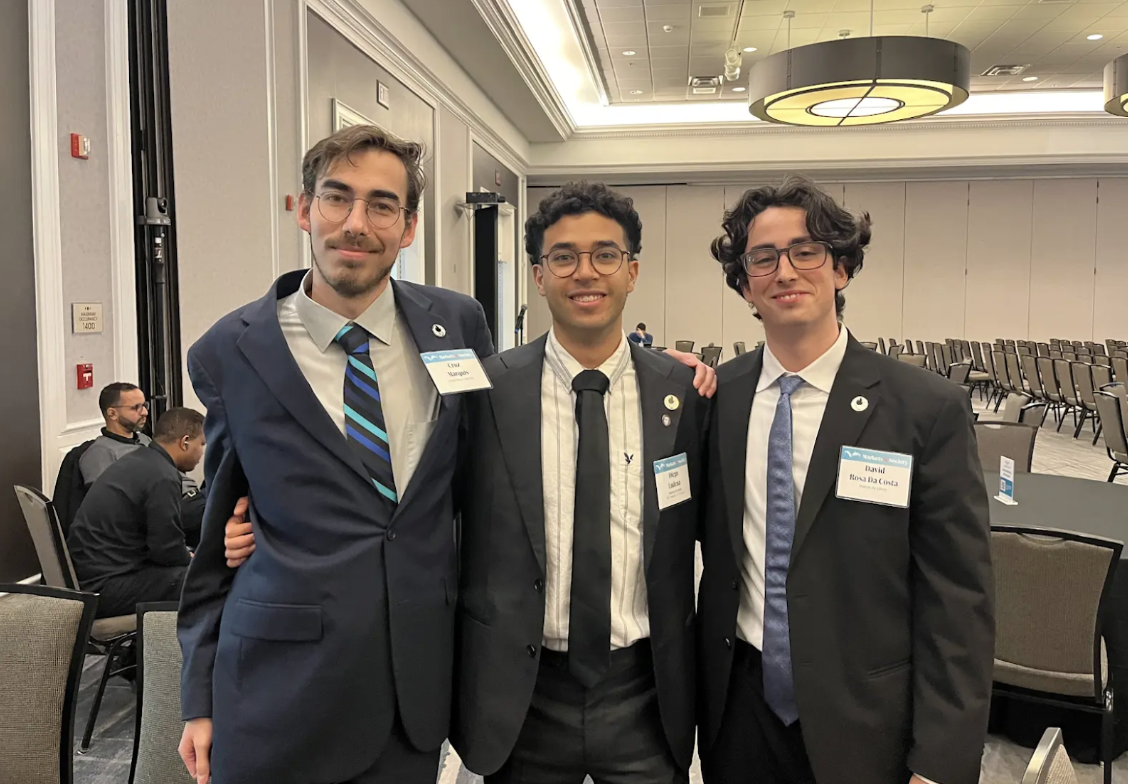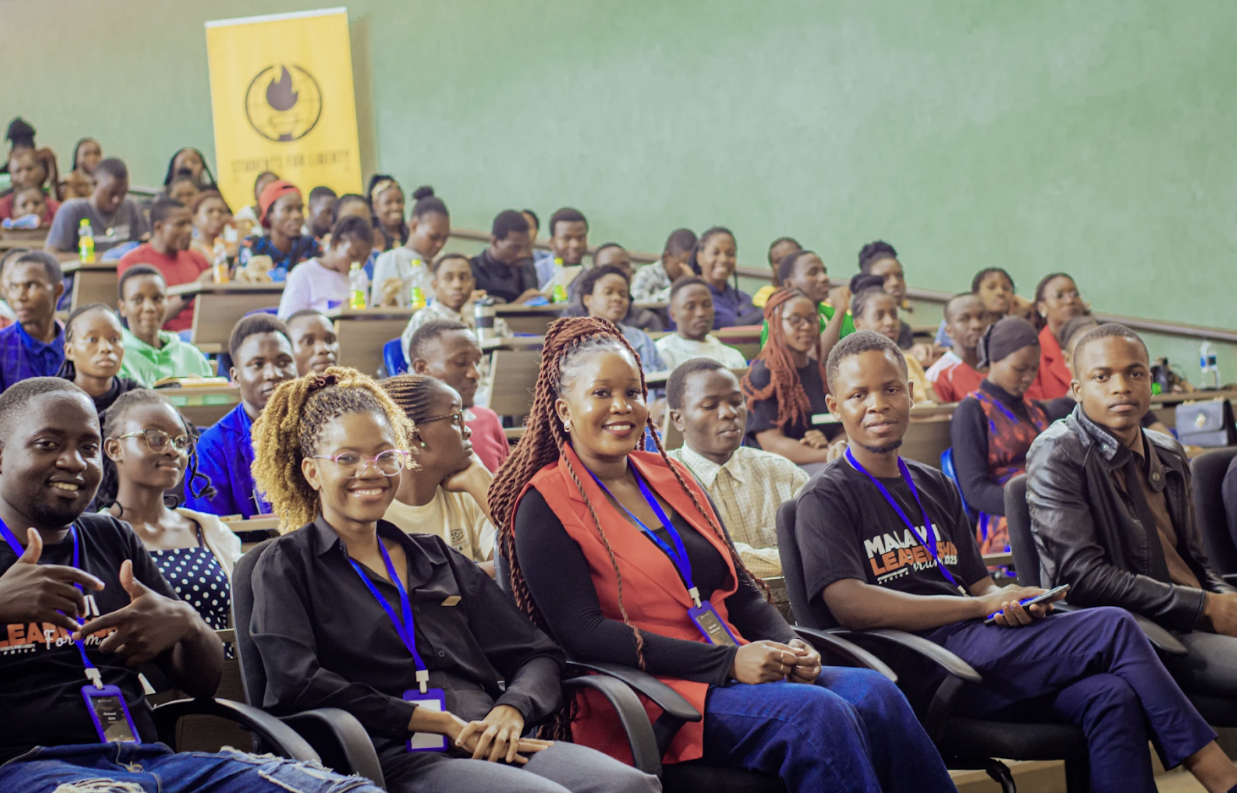The American Revolution: That moment when we declared independence from Great Britain and created an unprecedented new society.
While we all know the basic details, most people don’t stop to ask exactly why the Founders declared independence from a powerful empire. After all, the risks of doing so were enormous.
- First, creating a democracy over such a large area was an untested idea developed mostly by philosophers.
- Second, colonists were rebelling against the British—one of the most formidable fighting forces in the world.
What, then, provoked the Founders to do something as radical and dangerous as declaring independence from England?
Why the Colonists Were Ready to Rebel Against Britain
Leading up to the revolution, the colonists had two types of grievances: the changing, more activist, role of British soldiers and the dramatic increase in taxes after the end of the French and Indian War in 1763.
The British Army
British military abuses came to a head with the Boston Massacre in 1770. British customs agents had asked the soldiers to enforce new tariffs. Locals, in opposition to these tariffs, taunted the soldiers to shoot. One finally did, and due to the chaos, more soldiers fired, leading to the death of five Americans. This event came to represent British oppression among those in America as word of the incident spread.
Taxes
For taxes, the breaking point came with the Stamp Act of 1765. Parliament announced it had the power to tax colonists directly. This was a new power and led to the familiar refrain “no taxation without representation.” Traditionally, only the state legislatures could authorize tax policy, and Americans didn’t have a representative in England.
By the Tea Act of 1773, the relationship had reached the point of no return. Bostonians protested rising taxes on their tea by dumping new shipments from British merchants into the harbor. Ultimately, it wasn’t about the taxes or the cost of tea, per se.
It was about power.
The Radical Whigs and Classical Liberals: Two Sets of Ideas Shaping the American Mind
Parliament had asserted novel powers and used the military to enforce those new powers through the barrel of a gun. The colonists could not accept such a steady encroachment on their liberties.
Radical Whig Theory
The colonists saw Parliament’s behavior through the prism of something called Radical Whig theory which holds that individuals within a free society must jealously guard their liberty and be wary of any encroachment from government. It is incumbent on a free people to fight back against any government seeking to expand its power. If they do not, they have to accept the fact that they are too morally corrupt to fight—and by extension, too morally corrupt to be free.
At first the colonists used the political system to fight back. They would petition Parliament, trying to explain how these measures negatively impacted life in the colonies. These efforts fell on deaf ears. By 1776, the representatives in the Continental Congress saw independence as the only option, so they created the Declaration of Independence.
The result was more than a declaration of war; it was a statement of principles.
The Classical Liberalism of John Locke
In the Declaration, Americans asserted their right as a free people to stand up to an oppressor. At the time, it was a radical, new, and theoretical idea. The Founders relied on the theories of John Locke to justify their revolution.
Locke developed his ideas by examining the origin of government. He looks to the ahistorical state of nature, where people are born free and equal. Unfortunately, people are also selfish and irrational. Therefore, they must create a government to mediate disputes and protect rights. If that government fails to protect the rights of the citizens, keeping them safe from selfish, irrational neighbors and leaders, it has failed in its essential task. When this occurs, according to Locke, the people can dissolve the government and create a new one.
The Founders, then, combined Locke’s ideas with Radical Whig theory. While Locke focused on government responsibility to protect each citizen’s rights, Whig theory emphasized a wariness of government power. Together they formed the foundation of our constitutional order. The Founders tied these two theories together to create institutions that protect individual liberty without becoming so radically democratic that they threatened stability.
This is the great experiment they initiated when they decided to declare independence. It is not one they took on lightly. It required great sacrifice, great statesmanship, and a consensus among the people that their cause was just. For that reason, it’s important to reflect on the significance of this action, both within the United States and around the world.
The Founders set an incredible precedent when they declared that that if a people suffer under oppressive rule, it is “their right, their duty, to throw off such government.” We should be alive to these concerns today as we try to determine what it means to live in a free society and what we expect from our government.
To hear more about America’s founding, check out this Learn Liberty video by clicking on the button below.
This article was previously published on the Learn Liberty blog.
This piece solely expresses the opinion of the author and not necessarily the organization as a whole. Students For Liberty is committed to facilitating a broad dialogue for liberty, representing a variety of opinions.
